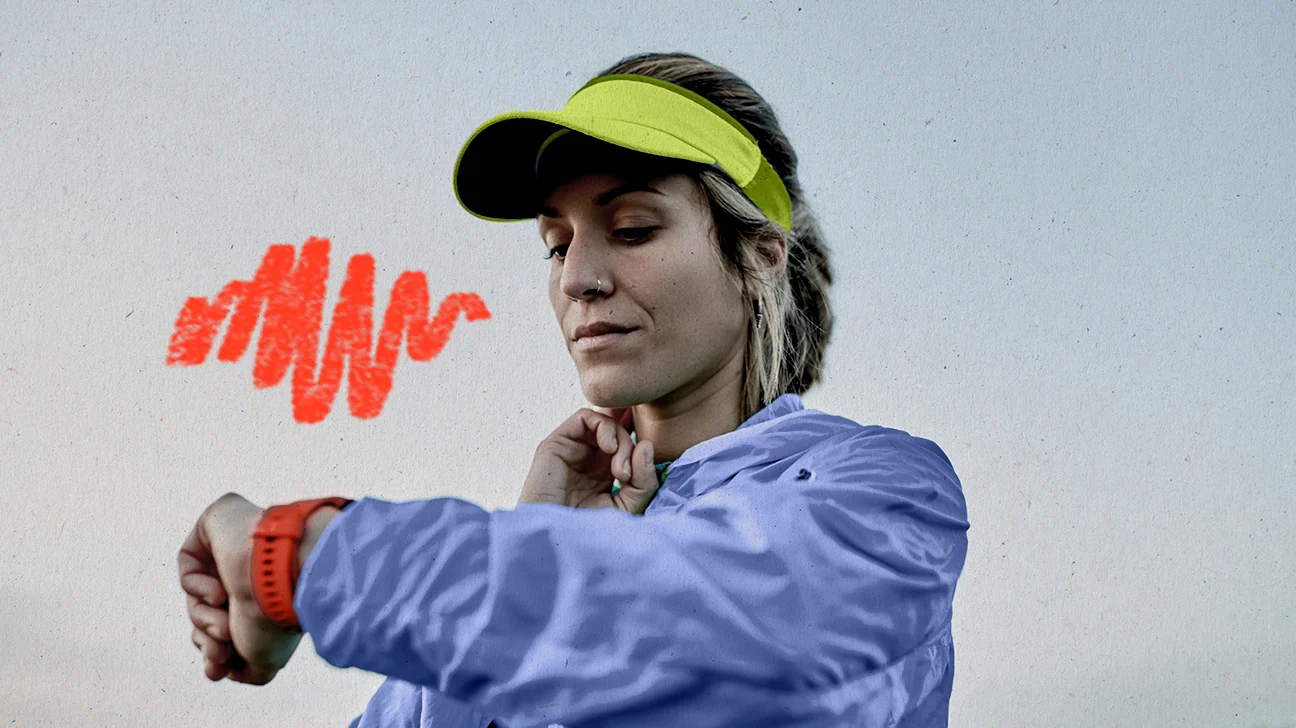About Cardiology
Cardiology is the study and treatment of disorders of the heart and the blood vessels. A person with heart disease or cardiovascular disease may be referred to a cardiologist.
Cardiology is a branch of internal medicine. A cardiologist is not the same as a cardiac surgeon. A cardiac surgeon opens the chest and performs heart surgery.
A cardiologist specializes in diagnosing and treating diseases of the cardiovascular system. The cardiologist will carry out tests, and they may perform some procedures, such as heart catheterizations, angioplasty, or inserting a pacemaker.
Heart disease relates specifically to the heart, while cardiovascular disease affects the heart, the blood vessels, or both.
To become a cardiologist in the United States, it is necessary to complete 4 years of medical school, 3 years of training in internal medicine, and at least 3 years specializing in cardiology.
When would I need a cardiologist?
![[cardiology - heart rhythms]](https://i0.wp.com/cdn-prod.medicalnewstoday.com/content/images/articles/248/248935/cardiology.jpg?w=1155&h=550)
If a person has symptoms of a heart condition, their physician may refer them to a cardiologist.
Symptoms that can indicate a heart problem include:
- shortness of breath
- dizziness
- chest pains
- changes in heart rate or rhythm
- high blood pressure
A cardiologist can carry out tests for a heart murmur or an abnormal heart rhythm.
They often treat patients who have had a heart attack, heart failure, or other heart problems. They help make decisions about heart surgery, heart catheterization, and angioplasty and stenting.
Heart diseases that a cardiologist can help with include:
- atherosclerosis
- atrial fibrillation
- arrhythmias
- congenital heart disease
- coronary heart disease
- congestive heart disease
- high blood cholesterol and triglycerides
- hypertension
- pericarditis
- ventricular tachycardia
- high blood pressure, or hypertension
The cardiologist can give advice about preventing heart disease.
A person may need to see a cardiologist even without symptoms, if they have a family history of heart disease or high cholesterol, if they are or have been a smoker, if they have diabetes, or if they are starting a new exercise program.
A woman who has had pre-eclampsia may be at higher risk of heart problems in a later pregnancy or during the menopause.
What does cardiology involve?
A cardiologist will review a patient’s medical history and carry out a physical examination.
They may check the person’s weight, heart, lungs, blood pressure, and blood vessels, and carry out some tests.
An interventional cardiologist may carry out procedures such as angioplasties, stenting, valvuloplasties, congenital heart defect corrections, and coronary thrombectomies.
Tests
They may also carry out or order tests as listed below:
![[cardiology cath lab]](https://i0.wp.com/cdn-prod.medicalnewstoday.com/content/images/articles/248/248935/cardiology-cath-lab.jpg?w=1155&h=978)
Electrocardiogram (ECG or EKG): this records the electrical activity of the heart.
Ambulatory ECG: this records heart rhythms while the person carries out exercise or their regular activities. Small metal electrodes are stuck on to the chest, and these are connected by wires to a Holter monitor, which records the rhythms.
An exercise test, or stress test: this shows the changes of heart rhythm when resting and exercising. It measures the performance and limitations of the heart.
Echocardiogram: this provides an ultrasound picture that shows the structure of the heart chambers and surrounding areas, and it can show how well the heart is working.
Echocardiography can measure how well the heart is pumping blood, known as cardiac output. It can detect inflammation around the heart, known as pericarditis. It can also identify structural abnormalities or infections of the heart valves.
Cardiac catheterization: a small tube in or near the heart collects data and may help relieve a blockage. It can take pictures and check the functioning of the heart and the electrical system. Catheter-based techniques with fluoroscopy can be used to treat congenital cardiac, valvular, and coronary artery diseases.
Nuclear cardiology: nuclear imaging techniques use radioactive materials to study cardiovascular disorders and diseases in a noninvasive way.
Examples are infarction imaging, single-photon-emission computed tomography (SPECT), planar imaging, and myocardial perfusion imaging.
Cardiac electrophysiology
Cardiac electrophysiology is a subspecialty of cardiology. The physician looks at how electric currents inside the heart muscle tissue work, how the current spreads, and what the pattern of the currents mean.
![[cardiologist looks at pacemaker ]](https://i0.wp.com/cdn-prod.medicalnewstoday.com/content/images/articles/248/248935/cardiologist-looks-at-pacemaker.jpg?w=1155&h=978)
Electrophysiology study (EPS) of the heart: in this test, a catheter is threaded into a vein at the top of the leg. Guided under fluoroscopy, it makes its way to the heart. The catheter measures the electrical signals within the heart.
An EPS of the heart can:
- help to show what is causing symptoms
- help decide if a patient needs a pacemaker
- help decide the best treatment for patients with arrhythmia, or abnormal heart rhythm
- determine how likely a patient is to experience tachycardia or an accelerated heart beat
A cardiac electrophysiologist can provide treatment for abnormal rhythms including cardiac ablation, implantable cardioverter defibrillators, or pacemakers.
Choosing a cardiologist
Patients are often referred to a cardiologist by their physician, but they may wish to choose their own specialist.
It is also important to choose a doctor whose communication style suits them.
Click here to find a Cardiologist
article provided by Medical News



